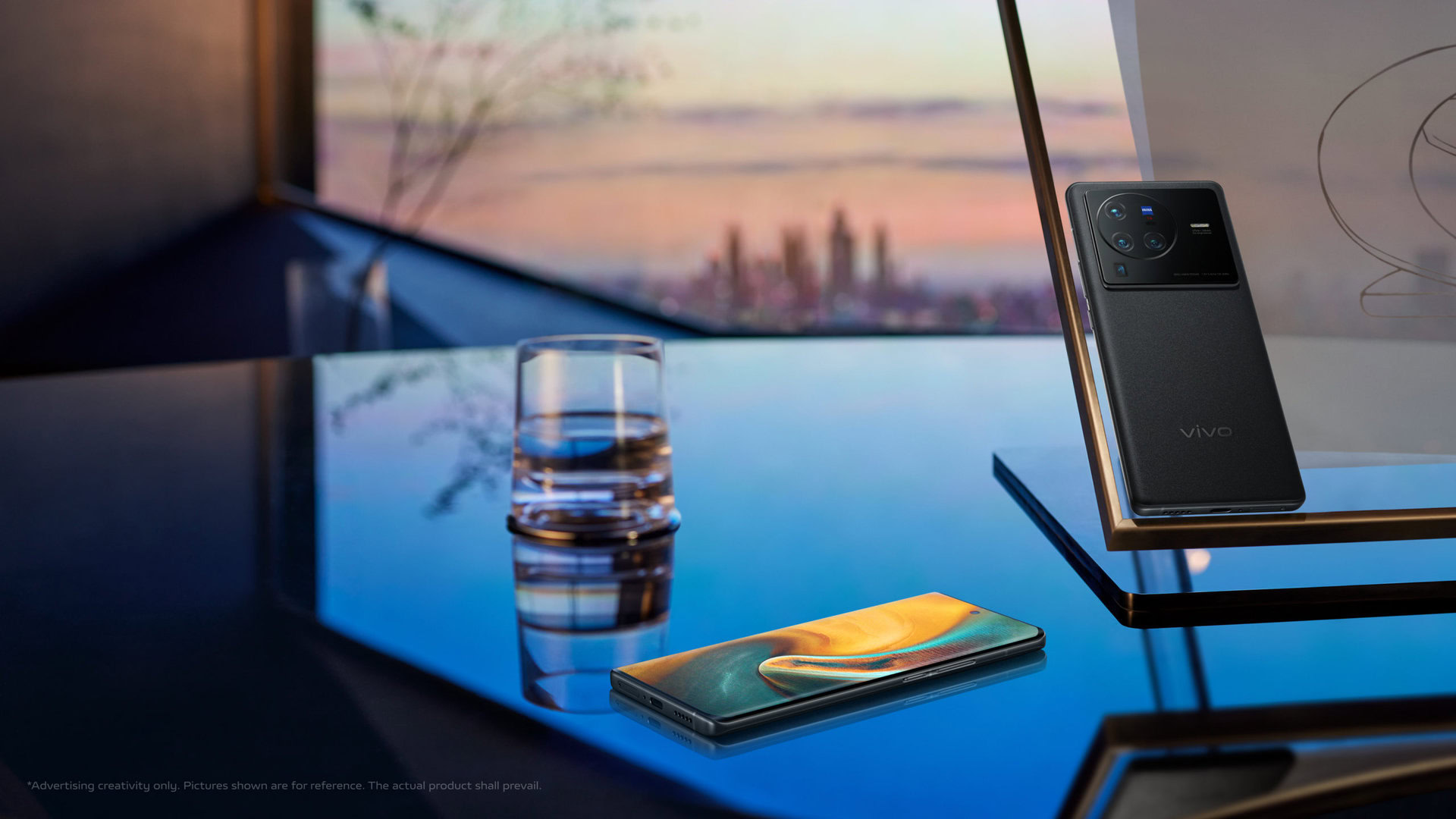Affiliate links on Android Authority may earn us a commission. Learn more.
A look inside the optics expertise behind a smartphone born for photography
Published onJune 29, 2022

Note: This is part of a series of interviews about vivo’s cutting-edge technology. For more, read about the making of a vivo photography flagship.
When your strategy is “camera first,” it certainly helps to have a partner with 130 years of imaging experience in photo and cine lenses on your side. That’s how Ramona Ettig, Head of Mobile Imaging at ZEISS, described the famed camera brand’s relationship with global smartphone maker vivo.
In 2020, the two brands announced a partnership that would allow them to draw on each other’s strengths in R&D and consumer insight, with a shared vision to push the limits of mobile imaging. And these joint efforts are already paying off. The first vivo ZEISS co-engineered imaging system debuted with the vivo X60 series and has improved with each new product generation. Now, the vivo X80 series stands out for its carefully crafted lenses, premium color science, and portrait styles inspired by classic ZEISS camera lenses.

We’ve seen vivo be relentless in its pursuit of excellence when it comes to the camera system featured in the X series, a dedicated photography flagship line. If you ask Ettig, it’s one of the main factors that brought the teams together. She says: “This is a real partnership that will leverage the strengths of both teams to build something new and great together.” It’s true, ZEISS brings an extensive photographic legacy, while vivo has built its name on putting powerful all-around devices in users’ hands.
See also: vivo X80 Pro review
Placing professional-level camera capabilities in the slim body of a smartphone is not an easy feat, but vivo and ZEISS are up for the challenge.
Redefining mobile photography: two minds are better than one
When speaking about bringing professional-level photography experience to smartphones, one obvious challenge is the volume constraint, and the cost allowed for modules in mobile devices, Ettig points out. “To overcome these challenges, you have to accept that there are limits,” she says, and this is where the strength of this partnership really comes to light.
She cites real portrait photography as one of the best examples. “The size of sensors and optical elements in smartphones as well as the aperture size of the optical systems prevent the ability to produce typical portrait effects, like small focus depth and nice bokeh effects,” she explains. “To enable this effect, you have to utilize software approaches to overcome the limits of physics given in the smartphone imaging world.” The two companies have combined their expertise to bring a variety of brilliant portrait modes to the X series, including a range of bokeh styles.
ZEISS and vivo, working together, have also created new features that neither side could do on its own. Ettig mentions improved night mode, incredible bokeh on portraits, and some of the most natural color profiles in the industry as a few of her favorite features. Nowadays, smartphone camera images often intensify and exaggerate color brilliance and intensity so much that scenes look (intendedly) unreal. ZEISS and vivo, however, took the most natural approach possible. Relying on studies of the ZEISS ZX1, the first fully digital ZEISS camera, the team provided a thorough and structured approach to iterate the color setting to the most natural look possible.

Enhancing the consumer experience is the ultimate goal. “Having brilliant clear images even in dark scenes (night mode), having the opportunity to access legendary ZEISS lenses by applying bokeh filter to your portraits, having the most natural color setting available to capture your scene in the most natural way possible — I think all of these features are a great foundation for the customers to capture all the special moments in their lives,” Ettig explains. “These are features that bring together the capabilities of high-end professional cameras combined with the best user convenience, as they are accessible whenever you need them in your smartphone.”
A collision of two worlds: the process behind joint innovation
Despite the vast differences in the backgrounds of both companies, Ettig praises the “moments when you realize you managed to bring the teams together and work on the same goal” as the fuel that keeps the partnership going.

It’s about more than simply co-branding and advertising a product. Ettig points out each side’s strengths, citing, “vivo has many great ideas and suggestions for each new product generation. ZEISS’ main strength is the optical design expertise and the fact that we know what photographers ask for to be able to take extraordinary images.” She explains that the brands work together on hardware and software from the earliest concept phases.
The need for vivo and ZEISS to work together through every step of the process may not be fast, but it ensures an extra layer of care is applied. One example is achieving compliance with ZEISS T* Coating, which enhances visible light transmission rate, improves image quality, and more accurately reproduces colors.
Ettig explains that the two companies start very early on a theoretical basis and simulate first concepts and designs very thoroughly — a critical step — as the companies can eliminate a lot of issues by changing design aspects before the first hardware is even built. When prototypes are made, both vivo and ZEISS do tests and measurements in the lab in China and Germany. Only when the final production modules also pass ZEISS’ internal defined criteria will the company approve the brand certificate (e.g., the T* approval).
This unique process also means that when the teams find an issue, there’s a range of solutions on hand. The X80 series showed ghosting and flare in the prototype stages, and both sides rushed to the drawing board for an answer. Ettig credits vivo with its extraordinary ability to adjust its manufacturing process yet keep it at an efficient scale. It’s the type of solution to a problem that most consumers won’t know existed.
Ettig’s vision is to work on R&D-related new inventions that will hopefully bring mobile imaging to the next level. She sees vivo as the “perfect partner for transferring new imaging technology into the fast world of mobile consumer electronics.”
Creating shared goals
The most important result we’ve seen from the ZEISS and vivo partnership is continued demand among consumers. Both sides keep finding ways to lift the “camera first” aspect of the X Series to new heights.
“We help optimize existing concept ideas and support improving the most relevant issues,” Ettig notes. “But our focus for the future is to set our collaboration apart by investigating new innovative ideas and features for future phone generations. We are focusing on a real R&D partnership. But of course, it will still take a couple of years before we can first launch products incorporating our new approaches.”

That seems to be the partnership’s main goal right now, at least as far as Ramona Ettig would admit. She wouldn’t fess up to any details or previews, but she did explain that the companies are working “to establish a technology and product roadmap together.” All the steps they’ve already taken in the X60, X70, and now X80 series are just the preliminary step toward some great new ideas vivo and ZEISS want to develop and work on together.